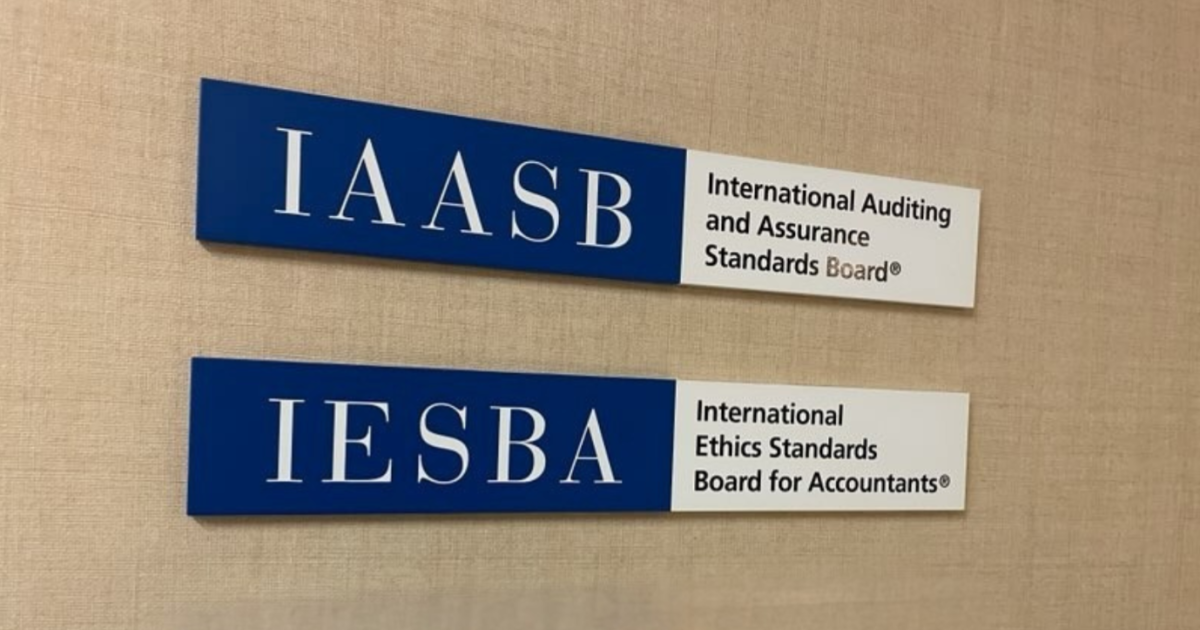Enjoy complimentary access to top ideas and insights — selected by our editors.
I received a complaint recently that my Memoirs of a CPA book is priced too high. The paperback edition is $24.95, the Kindle version is $5.99 and, if you have Kindle Unlimited, it’s free. Actually, I do not think the Kindle version or Kindle Unlimited is priced too high. As for the paperback version, I wonder how low it would need to be priced for that person to buy it.
I buy a lot of books. My purchases are split between Kindle e-books and hard copies. I just bought a book titled Artemisia Gentileschi and the Business of Art for $65. Maybe that’s a lot to pay for a book about a woman who lived from about 1593 to 1654. A brief bio is that she was raped when she was 18 by a friend of her father and then at the trial underwent torture to prove that she was a virgin before she was raped. Anyway, she became very successful with her paintings, charged higher than standard prices and was a great marketer of her skills and her brand. This book is about how she ran the business of her art, an offbeat topic especially from a 17th century artist. I figure that if I get one idea from this book, it will be well worth the price.
At the same time, I know the value of my Memoirs book and cannot imagine any reader not getting a bunch of immediately usable ideas on how to make more money, run their practice better, provide clients with greater value, keep staff a little longer or have more fun. Perhaps I should have given the book away for free, only asking the reader to send me a check for what they think the value was to them. I think I’d then make way over a million bucks from this book!
The following are two short chapters from my book:
Being a sounding board to your clients
Entrepreneurs are the brightest, most focused, and most determined people I know. But it is also lonely for many of them.
There are few people they can trust, and sometimes they just need a sounding board of someone who won’t pass judgment but might point out inconsistencies or illogical conclusions. That is a role for CPAs and part of their trusted advisor position, and occasionally great things come out of it.
I have been in many meetings where the client did not want an opinion but needed to hear him or herself speak out loud to someone. CPAs are there for that. We listen, consider, sometimes prod, don’t pass judgment, and keep it confidential. We seem to know when clients want our advice — which is often — but we also know when to nod occasionally and be that sounding board. And sometimes opportunities arise!
One Friday morning, a client asked to see me. He owned a very large piece of land on an island in the Caribbean that his newly married fourth wife decided she wanted to develop. He wanted to see me so he could vent, rant and beg for a solution out of it.
In the course of his tirade, I latched onto something he said and suggested a plan that might make a lot of sense. I told him that upscale houses could be built just inside the perimeter, while the entire remaining inside portion of the property, which comprised over 75% of the area, could be donated to a wildlife preserve charity on that island. The tax deduction would be enormous because it would be based on the value created by the property sales and not his cost, plus he could add an easement restriction to the donation that prohibited any additional development on the property. The houses he built would have extended gigantic private beautiful “back yards,” increasing his selling price and allowing the client to get paid “twice” for his property — and become a philanthropist as well. It was a short meeting, about a half hour.
When I got back to my office, the client’s secretary called me. In the short time it took me to walk to my office, she arranged for me to fly to the island Monday morning, have a look around the property that afternoon, meet with an attorney, real estate agent and developer on Tuesday, have some follow-up and unrelated meetings Wednesday (that led to the client getting involved in more businesses on the island) and a return flight home early Thursday morning. That was the first of a number of visits by me to that island for the client.
The takeaway is that many times, CPAs help clients make lemonade out of lemons. But we have to be trusted, knowledgeable listeners and creative thinkers.
My boss hated the client
Early on, my boss took me to a client that I was to work on. He started to explain what needed to be done and what the client did, but then he said, “I hate this client — everything is always messed up, and nothing ever makes sense!” He also told me my work area would be in the factory. I would probably have to move a chair next to a carton that would serve as a desk, and he warned me the lighting wasn’t too good.
His remarks were like a kiss of death. For the next three or four months, I dreaded going to that client, always thinking how “messed up they were, and nothing ever made sense.” Then, it dawned on me that I was the person doing the work, and things were in order. The carton I worked on was a few feet from where the client packed his shipments. When he did, he always chatted with me about his business, customers, employees and pricing strategies.
He also told me things he liked to do, such as going to the opera (which I did too) and vacations he took or would like to take. The client also would buy me a sandwich to have lunch with him, and I became very friendly with him. And then I asked myself why I dreaded going there? I loved working there! It became my favorite client, that I eagerly looked forward to going to.
My boss’s idle remark prejudiced me against the client, and it took me months to get over it.
The takeaway for me was that when I would become a boss, I would only say great things about a client, influencing the staff to like the client and look forward to working with them. Negative remarks about a client never left my lips! Actually, negative remarks were never applicable — my clients were all great! My boss ingrained a negative perception about that client into me before I ever had a chance to form my opinion.
My book has 100 more chapters with similar ideas you could adopt.
Do not hesitate to contact me at [email protected] with your practice management questions or about engagements you might not be able to perform.


 Economics1 week ago
Economics1 week ago
 Personal Finance1 week ago
Personal Finance1 week ago
 Economics1 week ago
Economics1 week ago
 Blog Post6 days ago
Blog Post6 days ago
 Economics1 week ago
Economics1 week ago
 Personal Finance1 week ago
Personal Finance1 week ago
 Economics6 days ago
Economics6 days ago
 Economics7 days ago
Economics7 days ago











